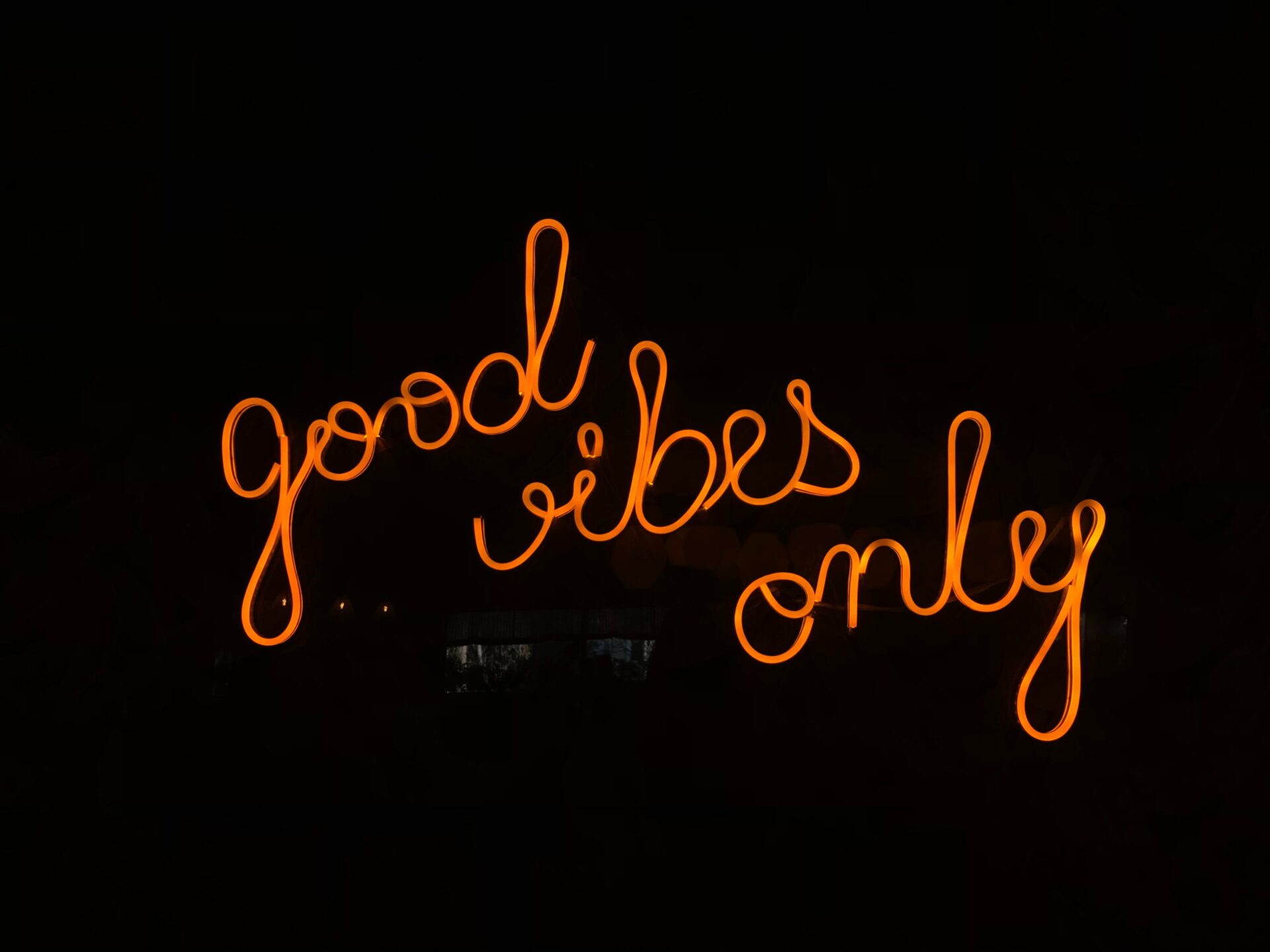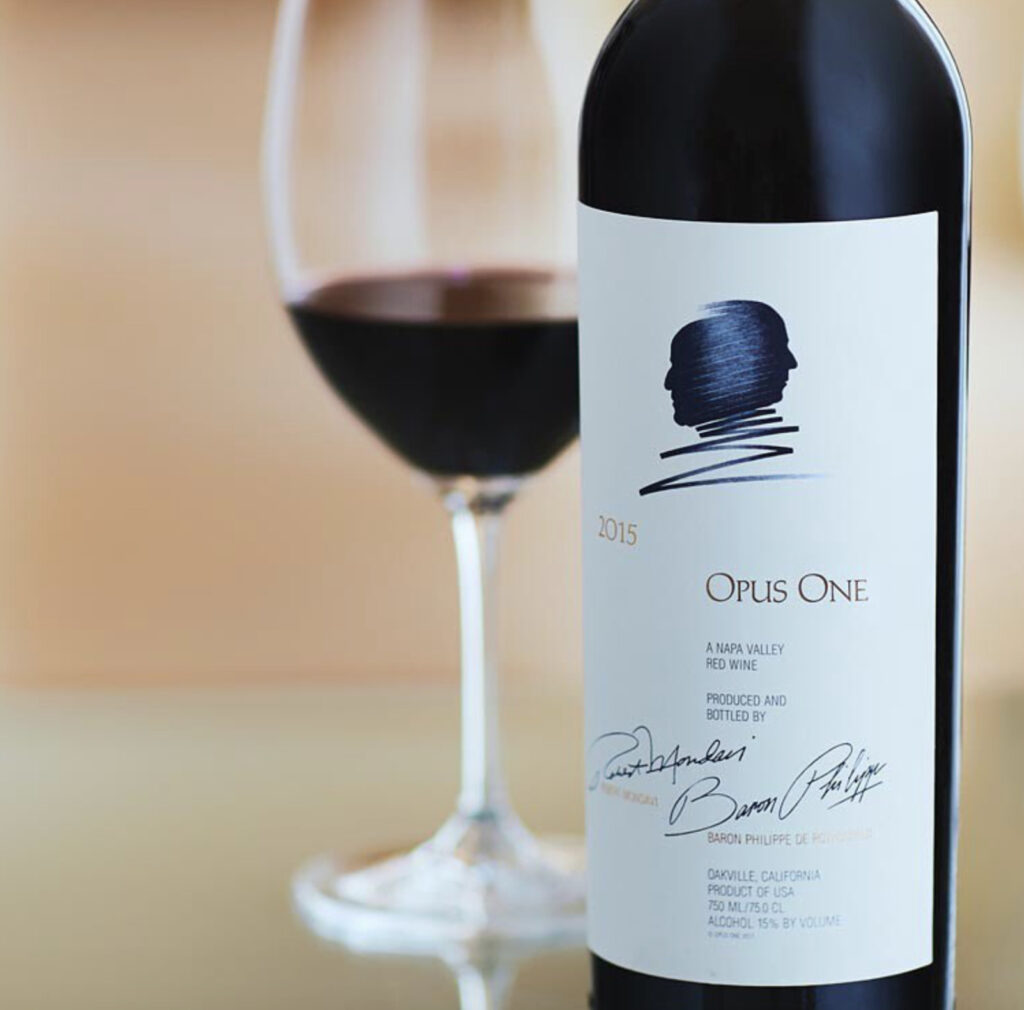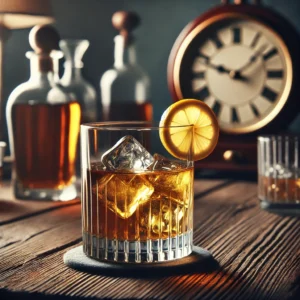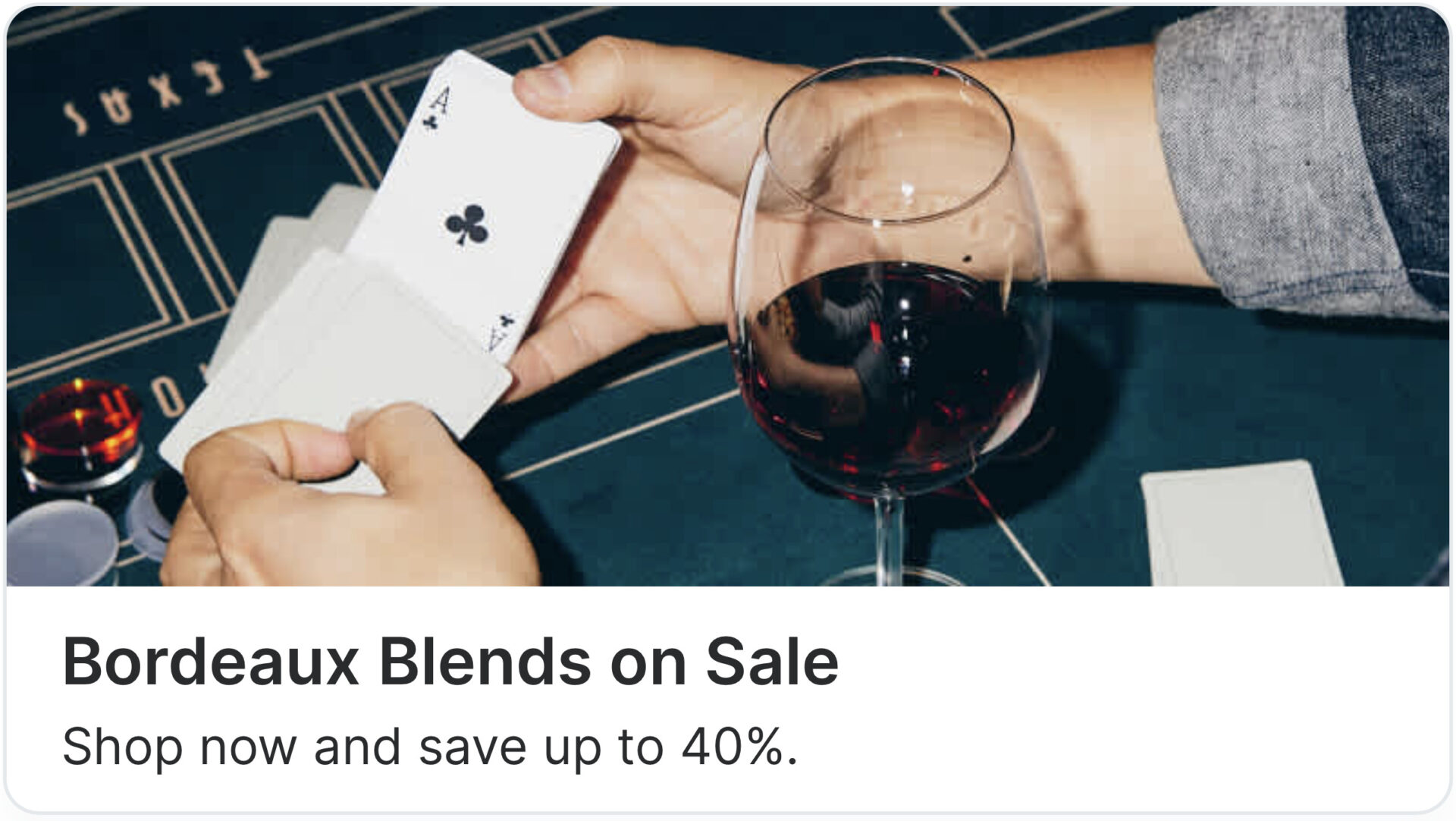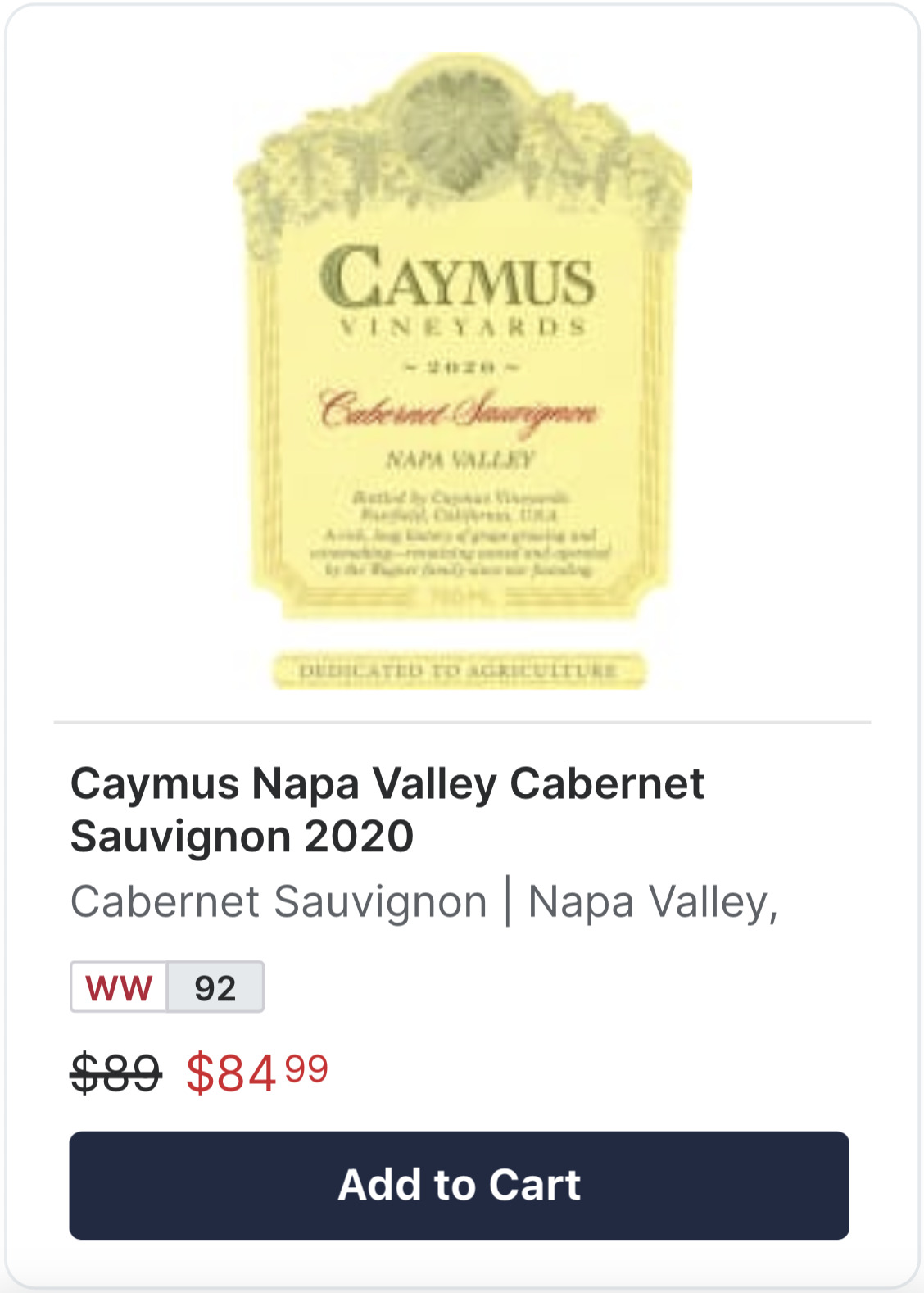
When you make purchases through our links we may earn a small commission.
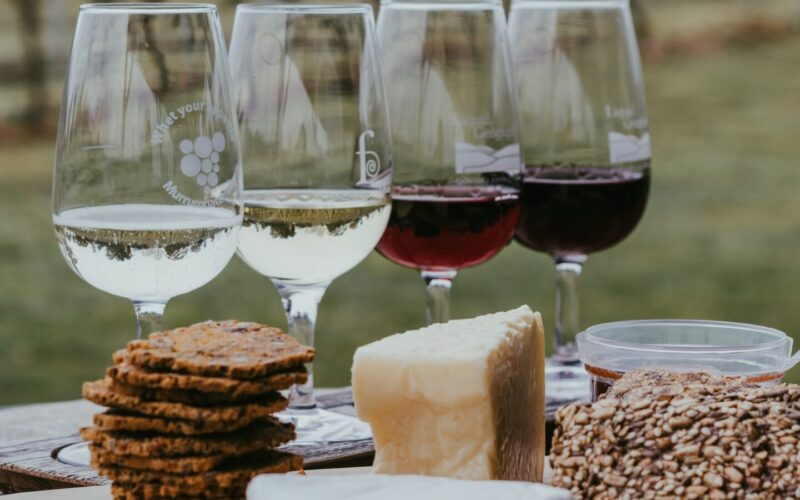
Photo Credit: Chelsea Pridham
Put It On Your Wall: CanvasOnDemand.com
Introduction
Wine tasting is more than just sipping a beverage; it’s an art form that engages your senses and allows you to appreciate the intricate nuances of this ancient elixir. Whether you’re a budding oenophile or just curious about the world of wine, mastering the art of wine tasting can be a rewarding journey. In this beginner’s guide, we’ll explore the fundamental steps to enhance your wine tasting experience.
See: The Visual Symphony
The first impression of wine begins with your eyes. Pour a small amount of wine into a clear glass and observe its color and clarity. Hold the glass against a white background to better appreciate the hues. Reds can range from ruby to deep purple, while whites may vary from pale gold to amber. The visual aspect offers clues about the grape variety, age, and even the winemaking process.
Swirl: Unleash the Aromas
Give the glass a gentle swirl, allowing the wine to coat the sides. This action not only looks sophisticated but also releases the aromatic compounds. Stick your nose into the glass and take in the bouquet. Try to identify different scents—fruits, flowers, spices, or even hints of oak. The aroma is a prelude to the flavors you’re about to encounter.
Sniff: A Symphony of Scents
Don’t be afraid to stick your nose in and take a good sniff. Different wines will have distinct aromas, and each variety has its own characteristic scent profile. Reds may offer notes of berries, vanilla, or earthiness, while whites might be more citrusy, floral, or mineral-driven. Trust your instincts and enjoy the olfactory journey.
Sip: Taste the Terroir
Now, the moment of truth—take a small sip. Let the wine coat your palate and pay attention to the various flavors. Is it fruity, oaky, or perhaps spicy? Consider the balance of sweetness, acidity, tannins (for reds), and alcohol. Note the texture—is it light and crisp or full-bodied and velvety? The taste is a culmination of the grape variety, climate, and winemaking techniques—often referred to as the wine’s terroir.
Savor: Lingering Impressions
After swallowing or spitting (a common practice in professional tastings), pay attention to the lingering flavors, known as the finish. A long finish is often a sign of a well-crafted wine. Take your time to savor the aftertaste and reflect on the overall experience.
Conclusion
Wine tasting is a personal and subjective experience. The more you explore, the more you’ll develop your palate and preferences. Whether you’re enjoying a casual evening with friends or diving into the world of wine professionally, the art of wine tasting is a journey that promises continual discovery and delight. Cheers to the beautiful symphony of flavors waiting to be explored in each bottle!
You’ll get more articles like this – and our favorite promotional offers delivered straight to your inbox.
By submitting this form you agree to our terms and conditions. You can unsubscribe at any time.

🔥 Transparent Sheer Tops Try-On Haul | Camila Elle 🔥

30 Most Popular Mediterranean Dishes
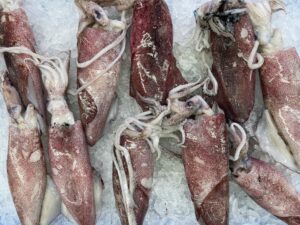
15 Best Mediterranean Calamari Dishes

Video: Mira Shape Knitted TRANSPARENT Try-On. YES or NO?
